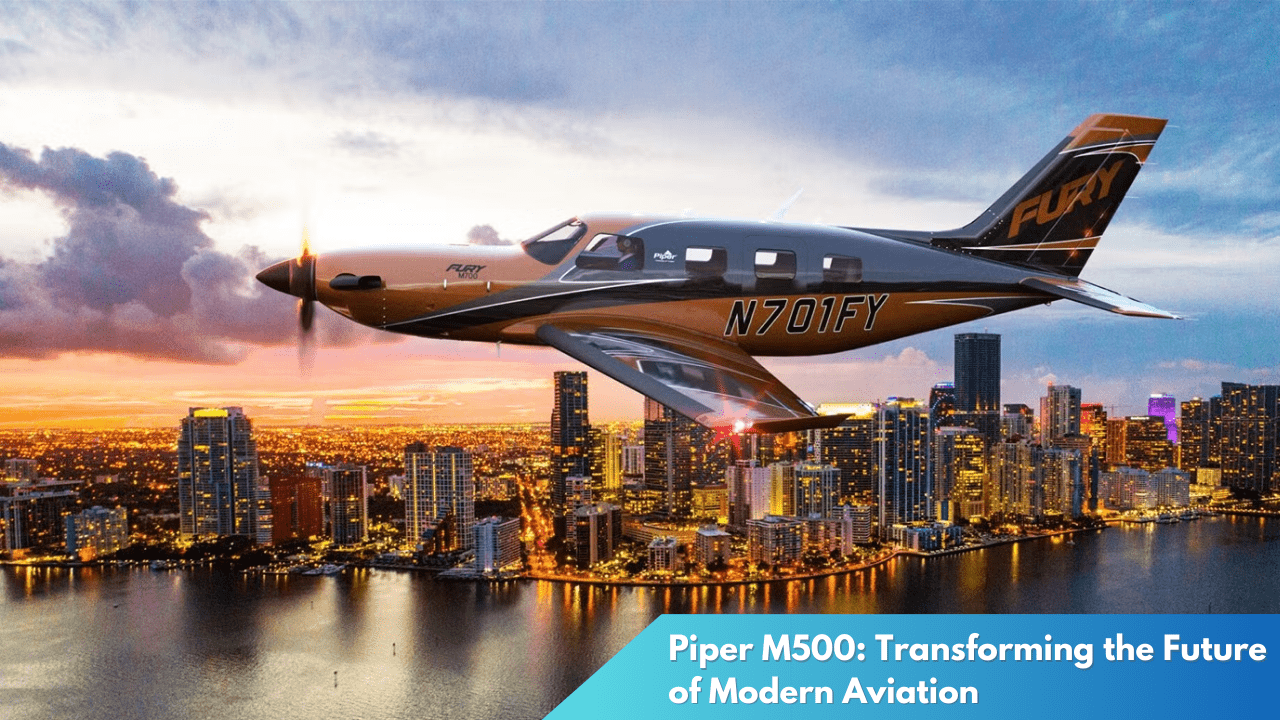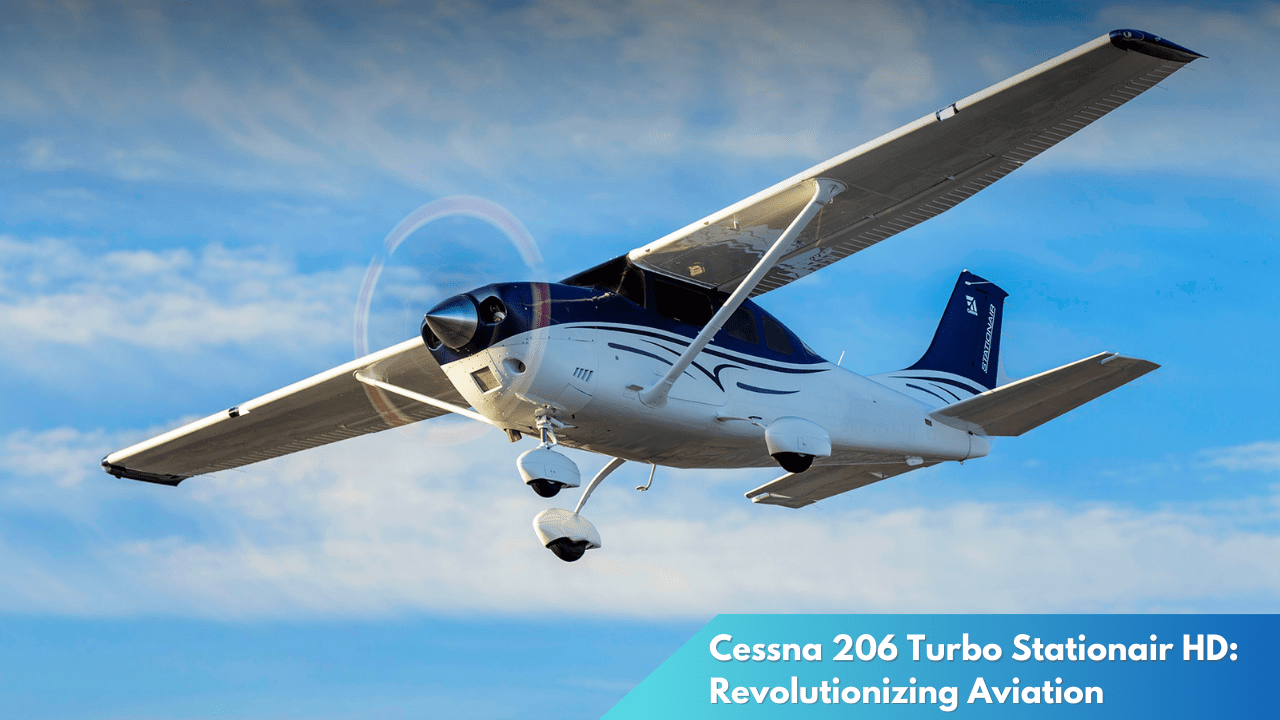Discover Hidden Facts About Light-Sport Aircraft
Light-sport aircraft (LSA) have captured the fascination of aviation enthusiasts for years, offering a blend of simplicity, affordability, and accessibility. These aircraft present an intriguing option for both seasoned aviators and newcomers eager to take to the skies. While many are aware of their basic characteristics, there’s a treasure trove of lesser-known facts that deepen the appreciation for these remarkable flying machines. This article delves into the hidden facets of light-sport aircraft, shedding light on their unique appeal and diverse capabilities.
Unveiling the Secrets of Light-Sport Aircraft
Light-sport aircraft have revolutionized the aviation landscape by offering a hassle-free entry point for aspiring pilots. They are designed to be lightweight, typically weighing no more than 600 kilograms for land-based models, which contributes to their easier handling and lower operational costs. This lighter structure does not compromise their integrity; instead, it allows for more accessible and less expensive maintenance. These planes are often equipped with modern avionics and safety features, making them a viable option for those looking to sharpen their flying skills without investing in a full-sized aircraft.
One of the most compelling secrets about light-sport aircraft is the level of customization they afford. Unlike larger airplanes, LSAs can be tailored to fit the pilot’s specific needs—whether it’s for leisure flying, training, or even aerobatics. This versatility is facilitated by their construction, which often allows for interchangeable parts and modular design. Additionally, many manufacturers offer kit versions, giving enthusiasts the exhilarating opportunity to build their own aircraft. This hands-on approach not only personalizes the flying experience but also provides a deeper understanding of aircraft mechanics.
Perhaps less known is the regulatory flexibility that light-sport aircraft enjoy. In many countries, including the United States, the regulations governing LSAs are less stringent compared to traditional aircraft. For instance, pilots can obtain a sport pilot certificate with fewer flight hours than a private pilot’s license requires. Additionally, medical certification requirements are significantly relaxed, broadening the pool of potential pilots. This regulatory leniency has been pivotal in democratizing aviation, allowing more individuals to embark on their flying journeys with minimal bureaucratic hurdles.
What You Didn’t Know About Light-Sport Planes
While the aesthetic appeal of light-sport planes is evident, their performance capabilities often fly under the radar. LSAs are engineered to provide a robust flying experience, with some models capable of reaching speeds of up to 120 knots. Their efficiency is not just limited to speed; these planes are designed for optimal fuel consumption, making them an eco-friendly alternative to their heavier counterparts. Moreover, many LSAs are adept at short takeoffs and landings, opening up a wider variety of airstrips previously inaccessible to traditional aircraft.
Another intriguing aspect is the community and culture surrounding light-sport aviation. The community of LSA enthusiasts is a vibrant and diverse group of individuals, united by their passion for flying. Aviation clubs, online forums, and annual airshows create a rich ecosystem where pilots can share insights, tips, and stories. This network is crucial for fostering knowledge exchange and camaraderie, as well as for supporting new pilots navigating their initial flights. Additionally, the sense of community extends to manufacturers, who often engage directly with pilots to refine and innovate their models.
Lastly, the global landscape of light-sport aircraft is both expansive and dynamic. While LSAs first gained traction in the United States and Europe, they are now gaining popularity in emerging markets across Asia and South America. Each region brings its unique challenges and opportunities, from navigating diverse airspace regulations to catering for varying climate conditions. This global expansion is facilitated by advancements in technology and materials, making LSAs more adaptable and durable. As the world embraces these versatile aircraft, the future of light-sport aviation looks promising, with endless possibilities on the horizon.
Light-sport aircraft continue to capture the imagination of aviation enthusiasts worldwide, thanks to their unique blend of accessibility, performance, and community. As the skies become more welcoming to new pilots, LSAs stand as a testament to the innovation and passion that drive the aviation industry. Whether you are a seasoned aviator or a curious newcomer, exploring the hidden facets of light-sport planes offers a deeper appreciation for these incredible machines and the endless possibilities they present.



